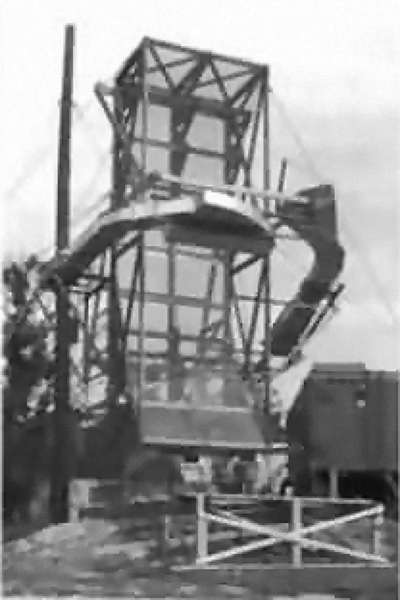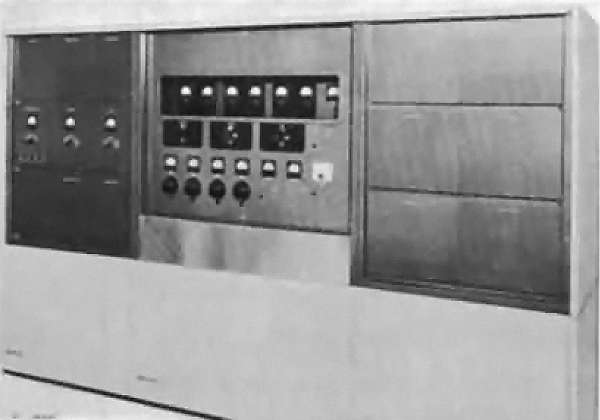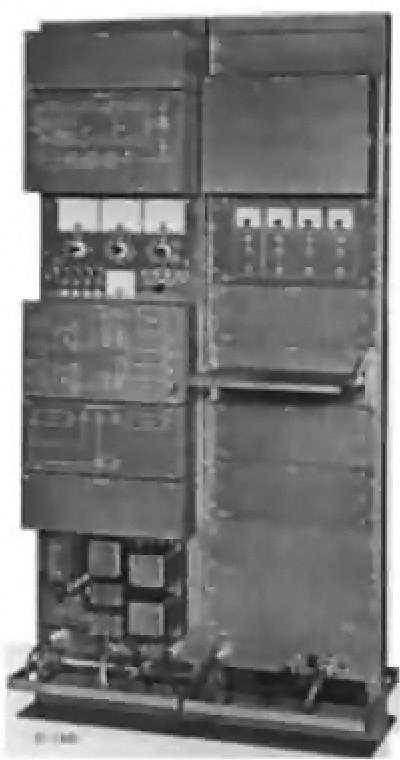AN/FPS-23
Description of the radar set, tactical-technical characteristics

Figure 1: AN/FPS-23, at a main site with two directions
| Specifications | |
|---|---|
| frequency: | 475 … 525 MHz
( UHF-Band) |
| pulse repetition time (PRT): | |
| pulse repetition frequency (PRF): | |
| pulsewidth (τ): | |
| receive time: | |
| dead time: | |
| peak power: | |
| average power: | 1 kW |
| instrumented range: | |
| range resolution: | |
| accuracy: | |
| beamwidth: | |
| hits per scan: | |
| antenna rotation: | |
| MTBCF: | |
| MTTR: | |
AN/FPS-23
The AN/FPS-23 “Fluttar” (flutter radar) was an operaing in UHF-Band gap filler bistatic radar located at Main and Auxiliary DEW-Line Sites to fill the low-altitude gaps between AN/FPS-19 radars. It was a CW-Barriere Radar with separate transmitter (AN/FPT-4) and receiver (AN/FPR-2) sites, typically about fifty miles apart. The AN/FPS-23 uses the Doppler-effect to detect aircraft trying to pass between transmitter and receiver sites. Because of the many false alarms, it had only a less effect.
The first use of the AN/FPS-23 was the old Canadian Line (Mid Canada Line), the predecessor of the DEW line in 1955. These radars were decommissioned by the end of 1963.



